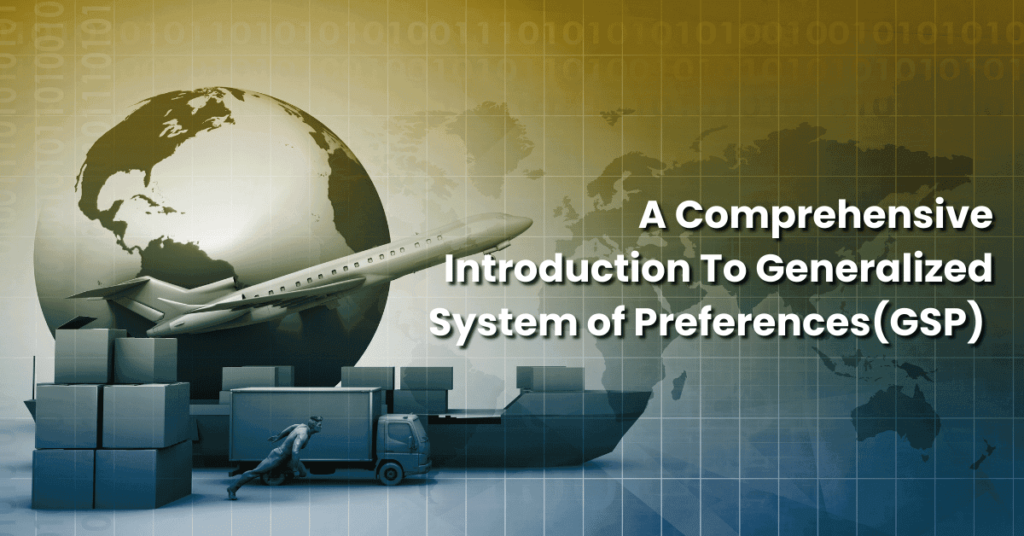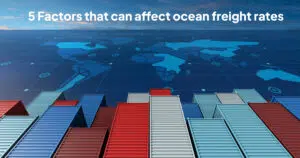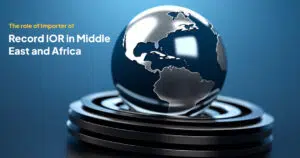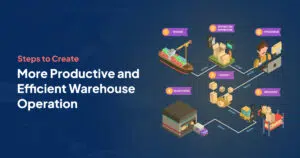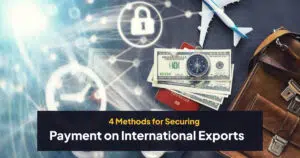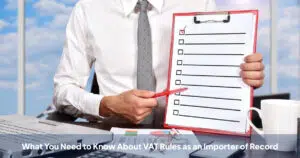An Introduction to GSP
The GSP, i.e., the Generalized System of Preferences, is a preferential tariff system that lowers customs fees and other tariffs related to exporting products. Lesser developed countries that qualify may receive tariff reductions.
The GSP was founded at the UN Conference on Trade and Development in 1971. It aims to encourage the maintainable growth of economies by boosting commerce for developing countries.
Fifteen countries are offering GSP schemes at the moment. Each country has a different system with different levels of progress.
Countries Offering GSP Preferences
Following is a list of Countries and territories offering GSP schemes:
- Armenia
- Australia
- Belarus
- Canada
- European Union
- Iceland
- Japan
- Kazakhstan
- New Zealand
- Norway
- The Russian Federation
- Turkey
- United Kingdom
- United States of America
The level of GSP differs according to the income of the country offering it.
Examples of GSP Levels
The following are examples of the various GSP levels:
Standard GSP
The standard GSP is constructed for low-income and low-income/mid-income countries. On two-thirds of the tariff lines, it comprises the partial or complete abolition of customs charges.
GSP+
The GSP+ income is intended for economically fragile low and middle-income countries. Tariffs are reduced to zero percent if countries implement global conventions related to good governance and maintainable economic growth. It looks to motivate improvement in environmental laws, labor rights, human rights, and more.
EBA
The EBA, i.e., Everything But Arms GSP, provides duty and quota-free access to all goods, except for arms and ammunition, for the least developed countries.
African Growth and Opportunity Act (AGAO)
The US Generalized System of Preferences includes the African Growth and Opportunity Act, which is available to countries from sub-Saharan African countries that qualify for it. In addition to the 5000 GSP goods, it provides duty-free access to the United States for 1800 goods.
Which products can be Imported Duty-Free Under the GSP?
A list of products eligible for duty-free importation will be made public by each country offering a GSP scheme; this list may differ from country to country. For instance, in the United States, approximately 3500 items from GSP beneficiaries are eligible for duty-free treatment, while an additional 1500 items are eligible for Least Developed Beneficiary Developing Countries (LDBCs).
Generalized System of Preferences Conditions
Each GSP system will have its criteria to identify countries that qualify. The level of GSP that should be granted and which countries should be considered underdeveloped are determined by eligibility criteria.
There are probably several similarities between these conditions. The following are a few examples of the GSP conditions:
- Only products entirely grown, produced, or manufactured in the beneficiary country will be eligible for tariff reductions.
- Goods from third- countries must have gone through significant changes in the beneficiary country to be eligible for tariff reductions. It is necessary to increase the product’s worth by about 35 percent.
- Direct imports of goods from GSP-eligible countries are mandatory.
- Countries that qualify cannot be communist.
- There shouldn’t be any practice of the worst kind of child labor in eligible countries.
Required Documentation for GSP
Beneficiary countries must submit the GSP Declaration as proof of eligibility to be granted GSP treatment. Additionally, you can be requested to provide purchase records, purchase orders, and invoices.
Countries benefiting from GSP
The UNCTAD List of Beneficiaries document lists the countries that profit from the GSP. It reveals which country receives GSP benefits from each donor country and the extent of those benefits.
Annual Reviewal of Countries and products eligibility for GSP
Donor countries often review products list that qualifies for duty-free exportation annually. They are free to take anything off the list or add something new at this stage.
Countries may no longer qualify for the GSP if they don’t comply with the agreement’s prerequisites. After undergoing economic expansion, they might also outqualify the GSP. Before the relief is rescinded, countries that no longer get GSP advantages will receive proper notification.
If you are planning the importation or exportation of IT & Tech related equipment but are unsure of the procedure or find it a bit overwhelming, don’t worry. We can assist. We provide expert EOR and IOR services to guarantee your goods’ timely and secure delivery. We take full responsibility for handling all local legal obligations relating to import taxes, levies, customs, and documentation. The answer to all the hassles of import is the importer of record service, and the same applies to exports.

